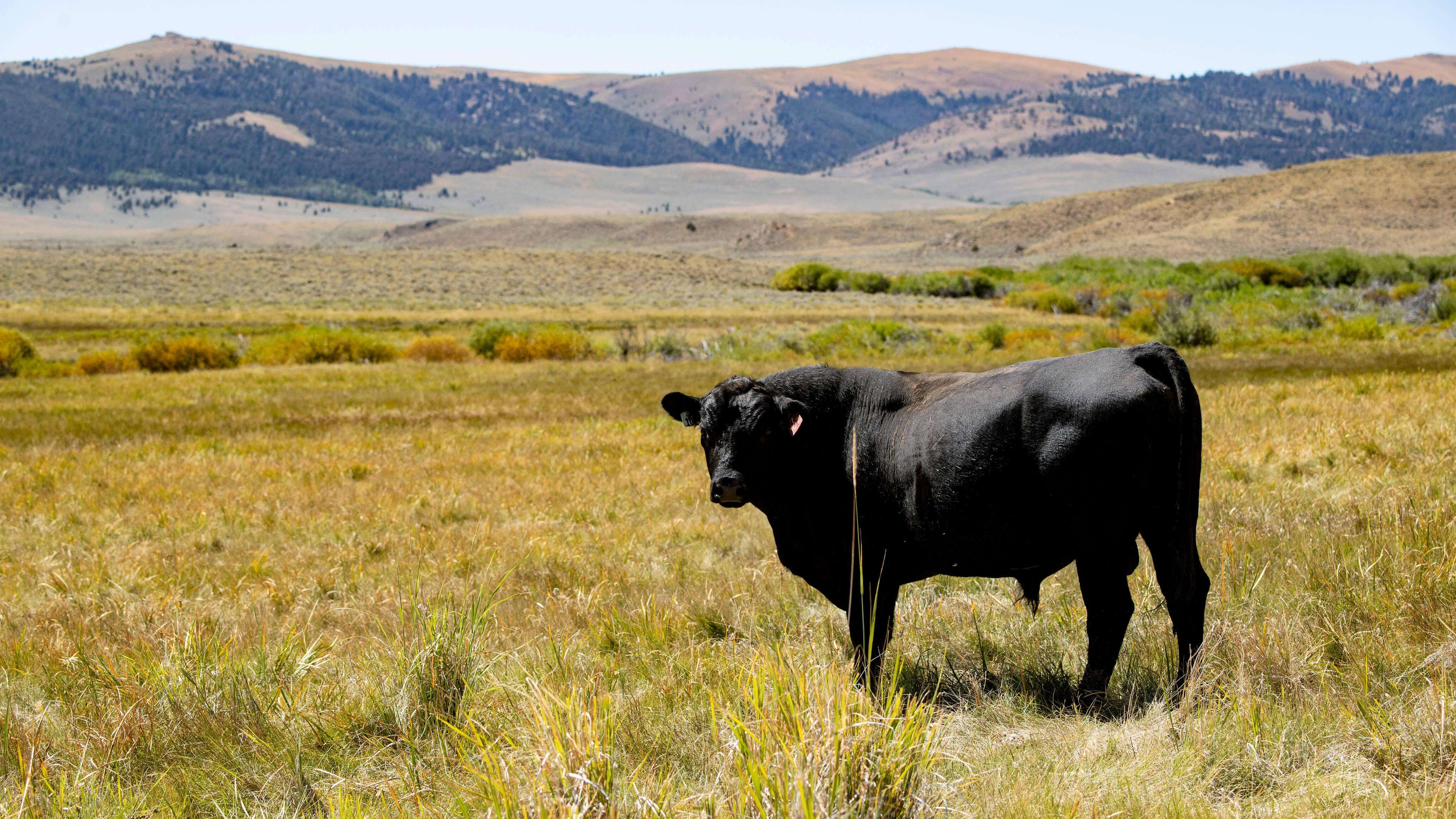Trichomoniasis

Trichomoniasis is a disease of the reproductive tract that affectscattle worldwide. It can lead to extended calving intervals, early fetal death, and infertility.
The parasite Tritrichomonas foetus causes this disease. Bulls carry the parasite and spread it during breeding. In the United States, most cases are diagnosed in beef herds. This is because most U.S. beef producers use natural breeding to produce their annual calf crop. Fewer cases are seen in dairy cattle because the U.S. dairy industry mainly uses artificial insemination. However, both beef and dairy cattle are susceptible.
Infected bulls usually show no symptoms. Early fetal death and repeat breeding (infertility) may be the first signs of infection in a herd.
In infected herds with a short, defined breeding season, the calf crop can decrease by 50 percent. In herds with longer breeding seasons (such as 6 months or more), the calving period can be extended. Thus, weaning weights can be dramatically lower. In smaller, less intensively managed herds where the problem is not recognized early, cows may produce a calf every 18 months, instead of the normal 12 months. This results in both lower weaning weights and fewer calves produced during the life of the cows in the herd.
Other diseases can also cause early fetal death and infertility. Testing is the only way to confirm trichomoniasis infection.
You can prevent trichomoniasis by keeping the parasite that causes it (T. foetus) out of your herd. USDA recommends culling infected bulls and maintaining strict biosecurity to prevent disease introduction and spread.
A vaccine is available to help control trichomoniasis. But vaccination alone will not keep the disease from spreading. Other control measures must be in place.
Bulls can remain infected indefinitely. Most females can mount an effective immune response and eliminate infection on their own in about 3 months. Treating infected animals with anti-protozoal drugs has proven ineffective.
Several management practices can control this disease within a herd. Most important is to eliminate the infection from the bull battery. This involves culling all bulls and replacing them with virgin bulls. Another option is to test the bull battery and cull all positive bulls.
Then, prevent reinfection by exposing only uninfected bulls to uninfected females. Uninfected females are assumed to be those with calves at side and virgin heifers.
Report Signs of Animal Disease
Producers or owners who suspect an animal disease should contact their veterinarian to evaluate the animal or herd. Find an accredited veterinarian.
Animal health professionals (veterinarians; diagnostic laboratories; public health, zoo, or wildlife personnel; and others) report diagnosed or suspected cases of nationally listed reportable animal diseases to APHIS District Offices and to the State animal health official as applicable under State reporting regulations.
Controlling Trichomoniasis
Trichomoniasis is endemic in the United States and is a particular problem in midwestern and western regions of the country.
While there are no Federal regulations specific to curbing the spread of trichomoniasis in the U.S. cattle population, many States have trichomoniasis testing and other requirements for cattle moving interstate. This helps limit disease spread between States. Check with the State animal health official of the destination State for requirements if you need to move cattle between States.
Diagnosis and Testing
A definitive diagnosis requires isolation of this pathogen from infected animals, particularly bulls. Preputial smegma is the specimen of choice to use from bulls to identify T. foetus microscopically. Collect this sample by using a plastic artificial insemination pipette. Vigorously scrape the surface epithelium in the preputial fornix; at the same time, gently aspirate the dislodged cellular debris and secretions.
In areas where trichomoniasis is prevalent, we recommend annual testing of all herd bulls for this disease agent as part of a breeding soundness exam 60–75 days before turn-out with cows and heifers. This will allow early identification of disease concerns if the bulls were exposed to an infected cow or heifer during the last breeding season. Consider re-testing any bulls that commingle with cattle of unknown trichomoniasis status (such as if a fence was breached) between the time of initial testing and turn-out.
Learn More
Check out USDA's short online training course on bovine trichomoniasis
White Paper: Seeking Harmonization of Trichomoniasis Regulatory and Testing Standards (United States Animal Health Association)

